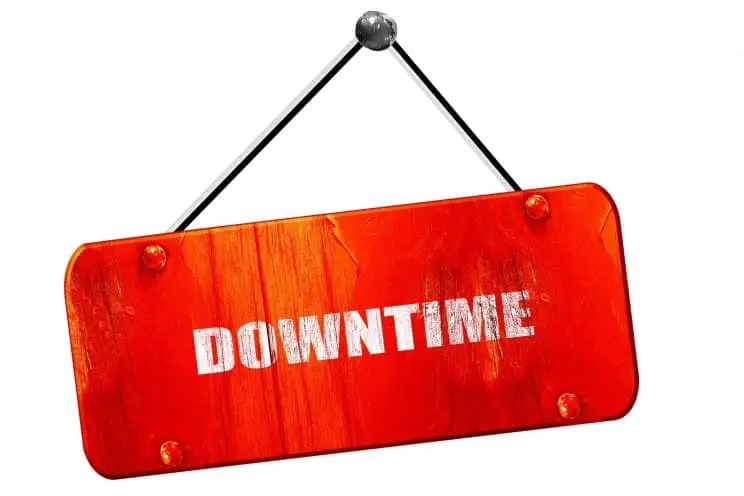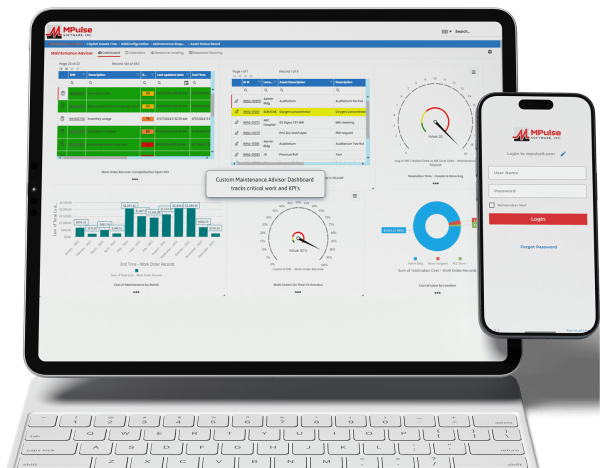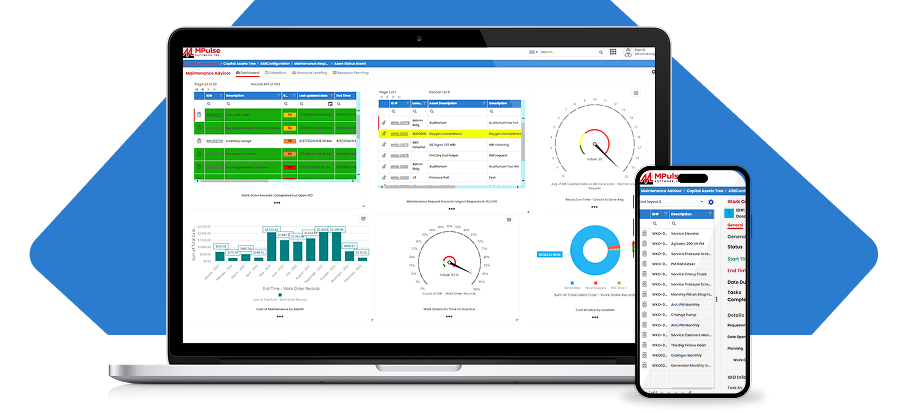Maintenance managers know smart maintenance scheduling reduces downtime. Properly maintained assets perform more efficiently, use less energy, and fail less often—while also extending their usable life.
CMMS software automates PM schedules that contribute to the upkeep of assets. Naturally, that makes it simpler to follow the manufacturer’s guidelines. Regular PM schedules also ensure equipment is properly calibrated and lubricated when it needs to be.
But that’s not all. CMMS software also helps by…
- Automating schedules: Work order management features can automate schedules for both employees and contract workers.
- Reducing confusion: Maintenance data recorded with every work order eliminates lost information between shifts, reducing confusion and errors.
- Balancing workloads: Employee performance tracking helps you determine which employees are most efficient at which tasks, enabling you to balance the workload.
- Creating benchmarks: By tracking repair times, you can create benchmarks for your organization.
This proactive approach to smart maintenance scheduling helps sidestep serious problems that arise as a result of neglect, as well as delays more expensive maintenance. It also can cut down the time to respond to emergency repairs.
CMMS Features: Smart Maintenance Scheduling Reduces Downtime
MPulse CMMS software makes maintenance scheduling easy by collecting information and turning it into actionable data. These features include…
- Dashboards are highly configurable “command center consoles” that your most important data front and center, where you don’t have to dig for it. In addition to charts and graphs, you can link videos, photos, documents, and websites to Dashboards as well.
- Asset Status Board provides a single-screen view of the health of your entire production line, facilities footprint, or fleet of vehicles. Square boxes (“cells”) are color-coded according to criteria you’ve defined. Work requests can be processed directly from the ASB.
- Condition-Based Maintenance (CBM) keeps tabs on the actual state of your critical assets by recording the output of any meters and gauges on that asset. When an asset’s condition changes, MPulse lets you know immediately, so you can react before breakdowns happen.
- DataLink Integration Adapter enables your MPulse administrator or local IT team to quickly and easily move data in and out of MPulse using a familiar, intuitive interface. It also works with Industrial Internet of Things (IIoT) devices—collecting data faster and easier than ever before.
Smart maintenance scheduling reduces downtime by spotting issues before they occur.
Want to know more? See our previous post on advanced maintenance scheduling. Or, contact us. We’re here for you.






